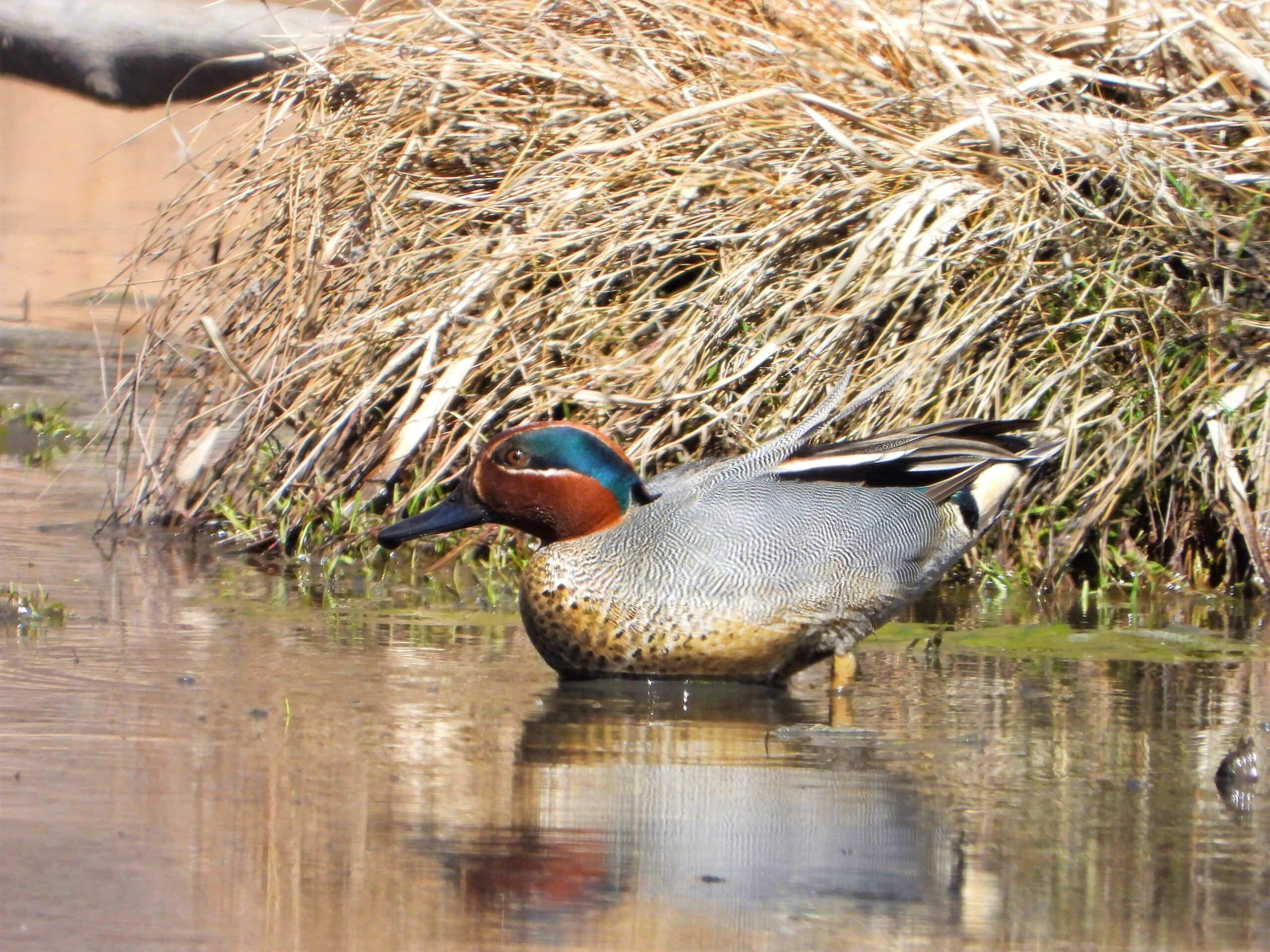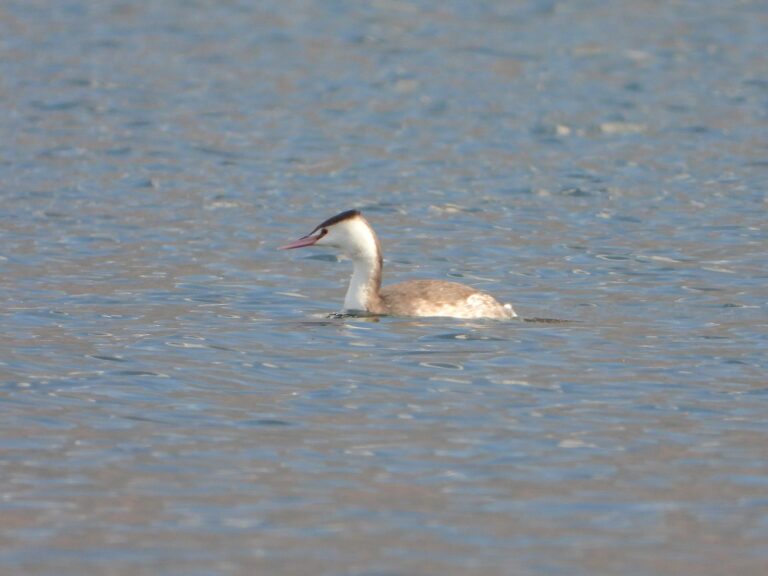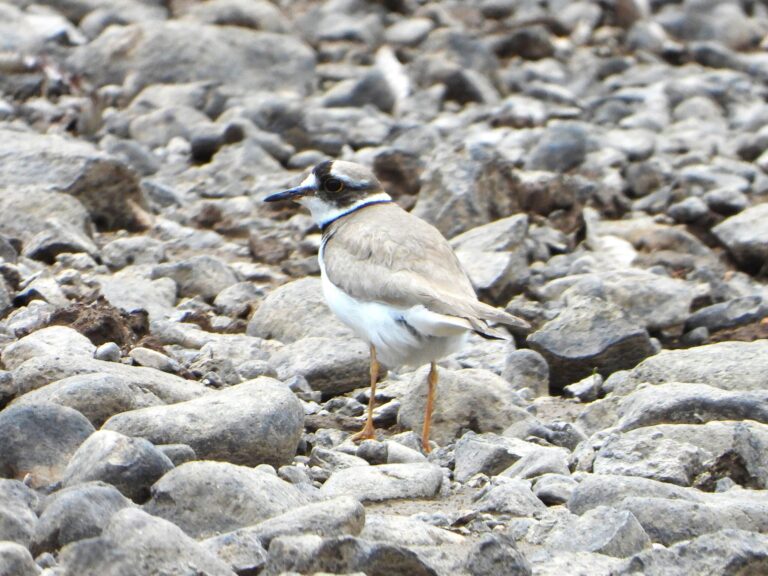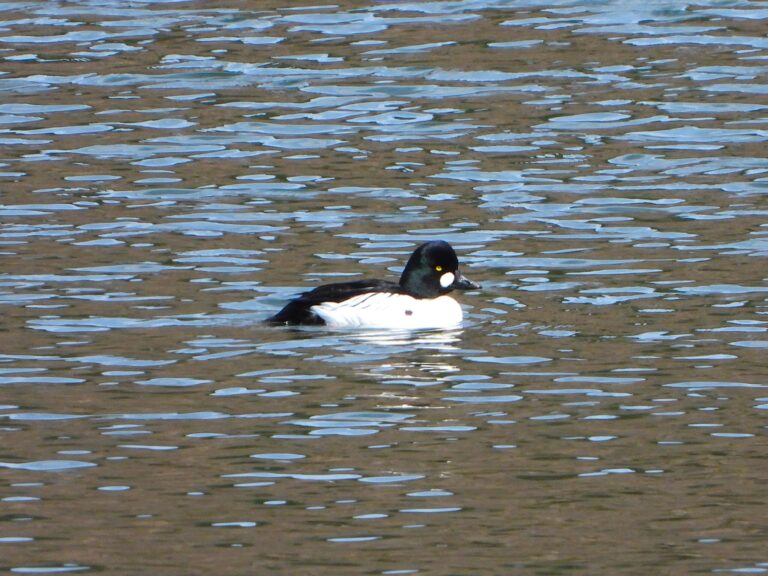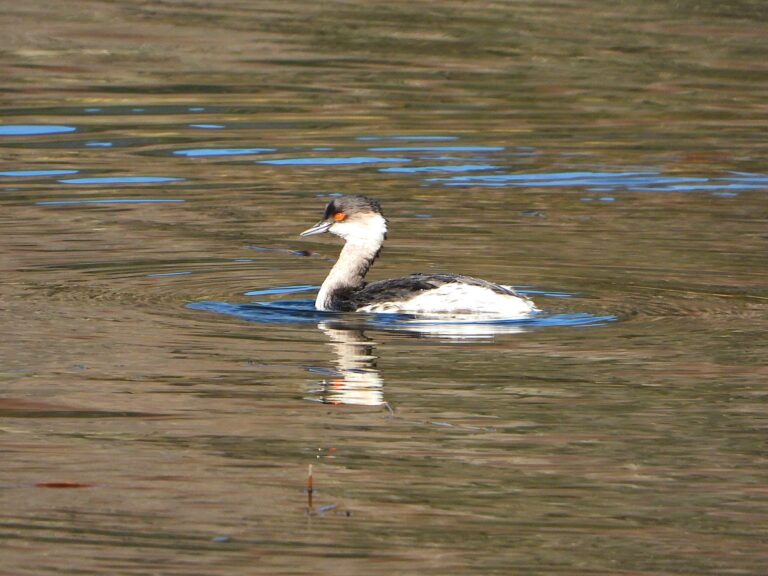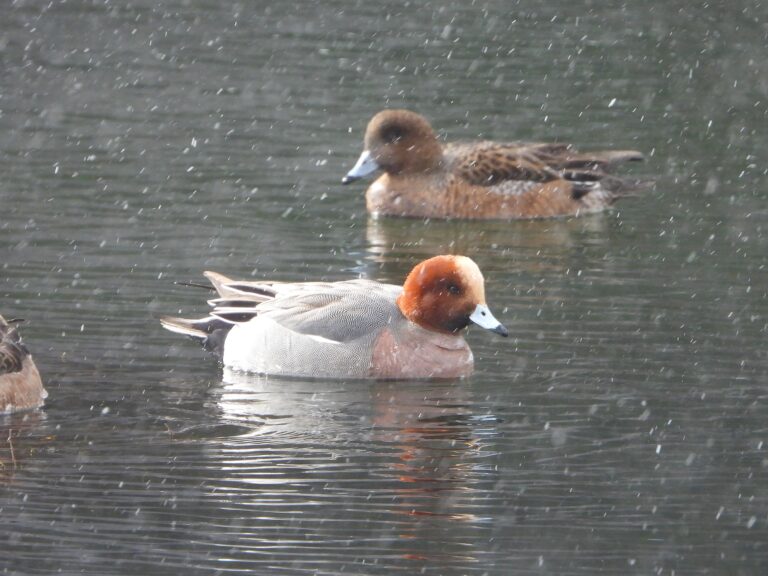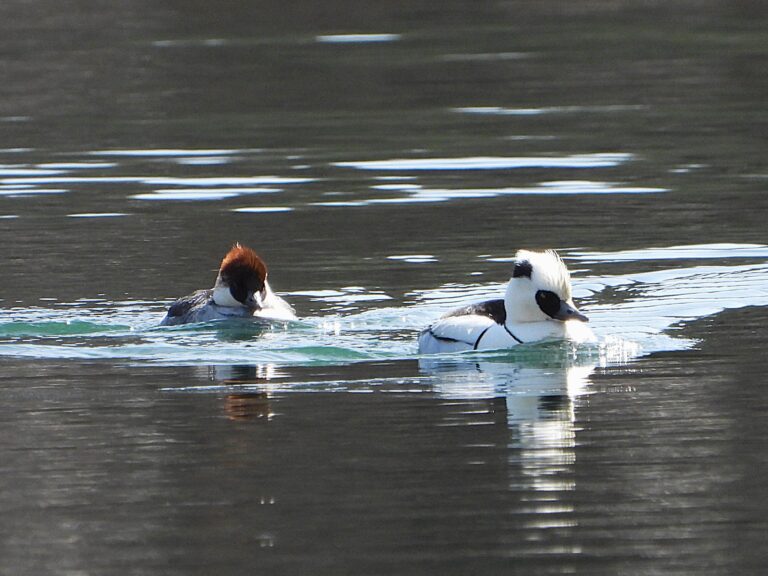Eurasian Teal (Anas crecca) – Wildlife of Japan
Introduction
Japan’s smallest dabbling duck, the Eurasian Teal is a familiar winter visitor to ponds, rivers, and rice fields across the country. Also known as Common Teal, and treated as distinct from the North American Green-winged Teal (A. carolinensis) by IOC and BOU; note that the American Ornithological Society (AOS) still lumps them, so names vary among checklists.
Appearance
About 38 cm long, compact in form. Breeding males show a chestnut head with an emerald eye-stripe, a neat horizontal white line along the flanks, fine grey vermiculations, and a yellowish triangular patch near the tail. Females are mottled brown with a pale eyebrow.
Similar Species (American Green-winged Teal)
The American Green-winged Teal, a rare visitor to Japan, shows a vertical white bar on the breast, while the Eurasian Teal shows a horizontal white flank line.
Habitat & Distribution
Breeds across northern Eurasia and winters southward. In Japan it is mainly a widespread winter visitor from early autumn to late spring; a few pairs breed in Hokkaidō and Honshū’s uplands. Habitats include lakes, slow rivers, marshes, estuaries, urban ponds, and flooded rice fields.
Where to See in Japan
From Hokkaidō to Kyūshū, look for large flocks on park ponds, calm rivers, castle moats, and rice paddies in winter. The male’s flute-like “piri-piri” whistle is often heard in midwinter displays.
Behavior & Seasonality
Common in winter flocks; many individuals feed at night and rest by day. Courtship displays are frequent on wintering grounds, and pairing progresses through winter before spring migration.
Diet
Seeds of aquatic plants and grasses, and aquatic invertebrates such as insects and small mollusks. Typical dabbling and up-ending foraging behavior.
Reproduction (Japan context)
Within Japan, breeding is localized and scarce—mainly in cooler uplands of Hokkaidō and northern Honshū. Nests are on the ground in dense cover near water.
Conservation Status
Listed as Least Concern (LC) by IUCN, with very large populations globally. Wetland conservation along flyways remains vital for this migratory species.
Author’s Impression
Among Japan’s winter ducks, the teal feels the most “miniature”—quick wingbeats, tight flocks, and that delicate whistle drifting over a quiet river at dusk. Once, I even encountered a pair in summer at Senjōgahara, in the mountains of Nikko. Seeing them there, quietly resting in the highland marsh, reminded me how a few teal still breed in Japan’s hidden wetlands—a rare and beautiful sight.

